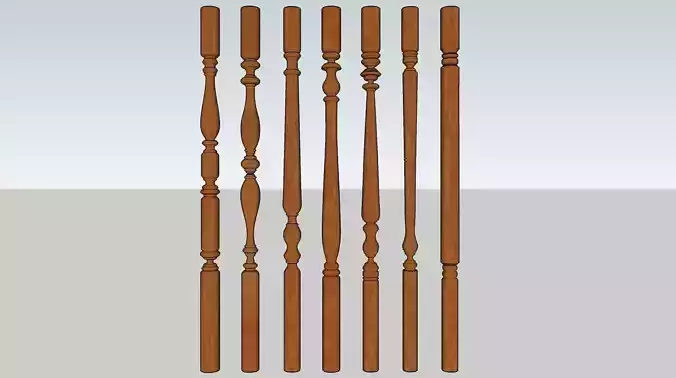1/5
A baluster is an upright support, often a vertical moulded shaft, square, or lathe-turned form found in stairways, parapets, and other architectural features. In furniture construction it is known as a spindle. Common materials used in its construction are wood, stone, and less frequently metal and ceramic. A group of balusters supporting a handrail, coping, or ornamental detail are known as a balustrade.
Balusters may be made of carved stone, cast stone, plaster, polymer, polyurethane/polystyrene, polyvinyl chloride (PVC), precast concrete, wood or wrought iron. Cast-stone balusters were a development of the 18th century in Great Britain (see Coade stone), and cast iron balusters a development largely of the 1840s.
The baluster, being a turned structure, tends to follow design precedents that were set in woodworking and ceramic practices, where the turner's lathe and the potter's wheel are ancient tools. The profile a baluster takes is often diagnostic of a particular style of architecture or furniture, and may offer a rough guide to date of a design, though not of a particular example.
REVIEWS & COMMENTS
accuracy, and usability.





